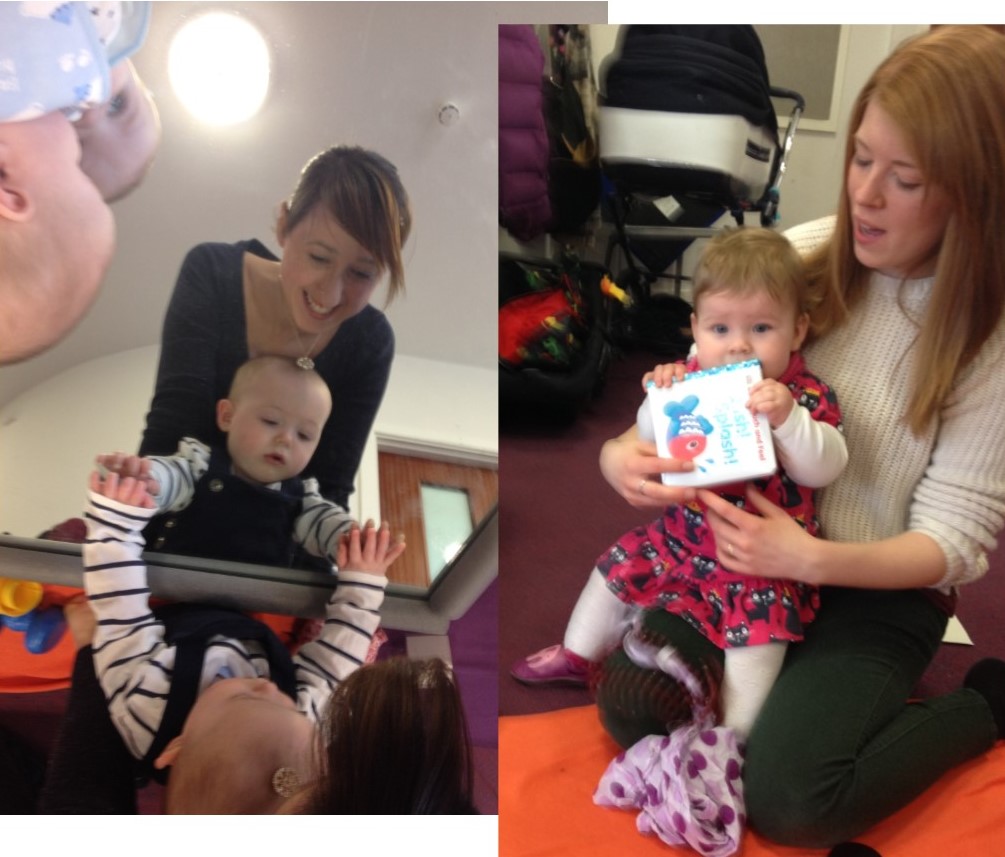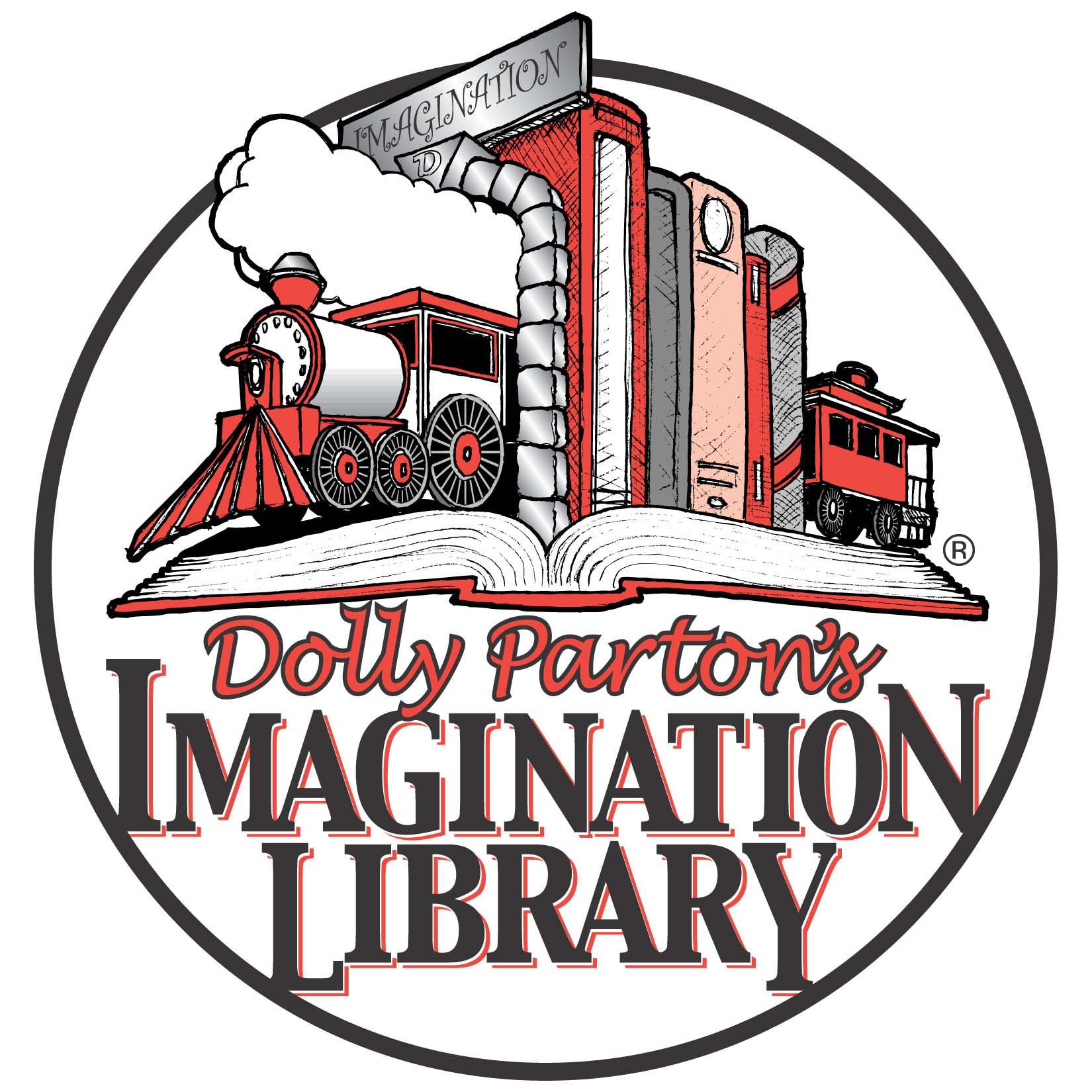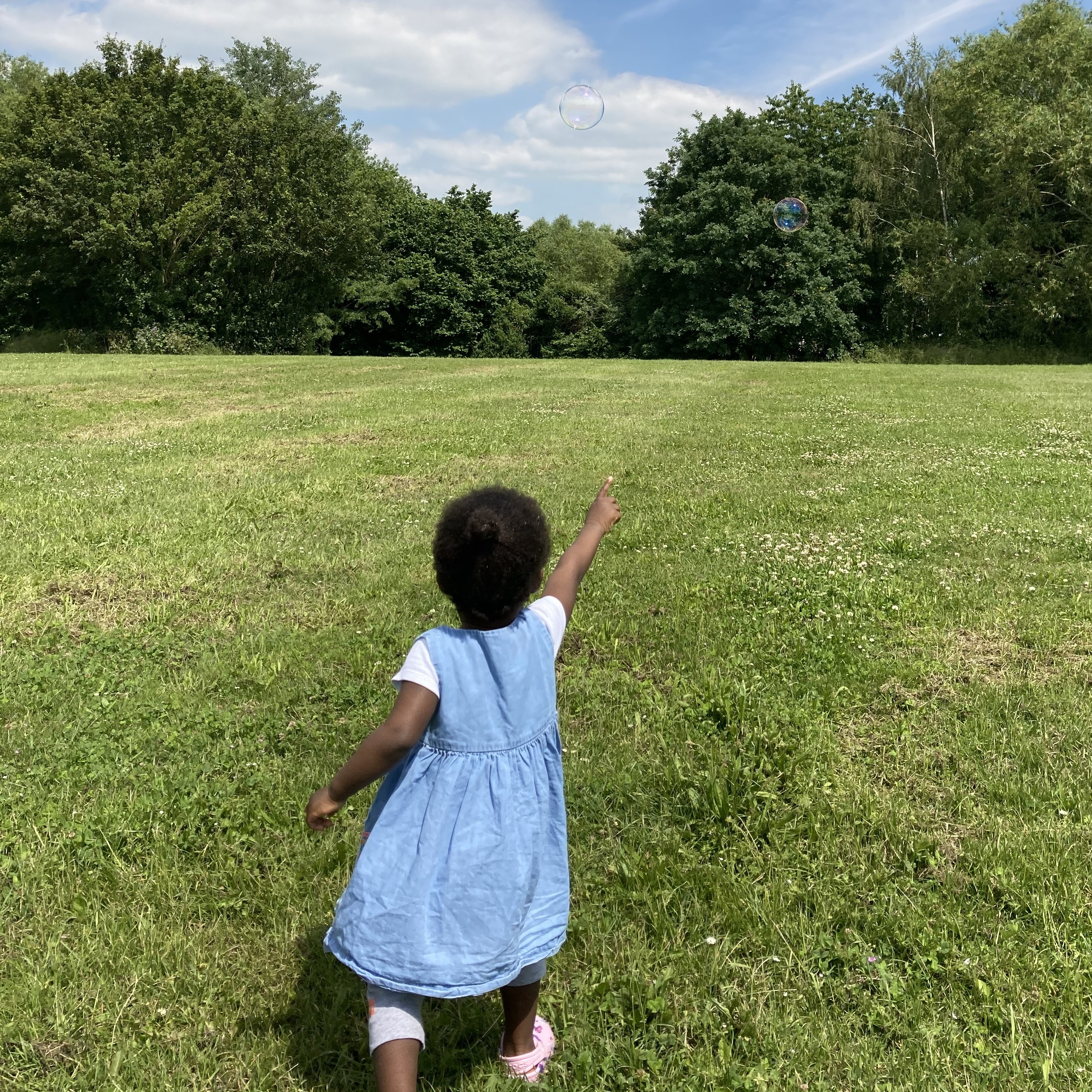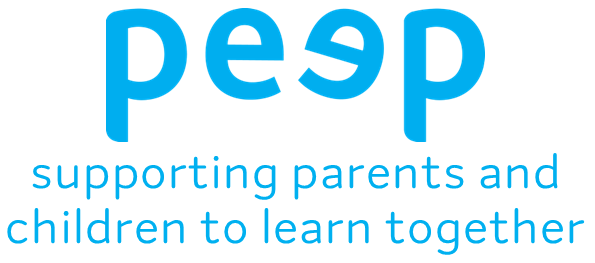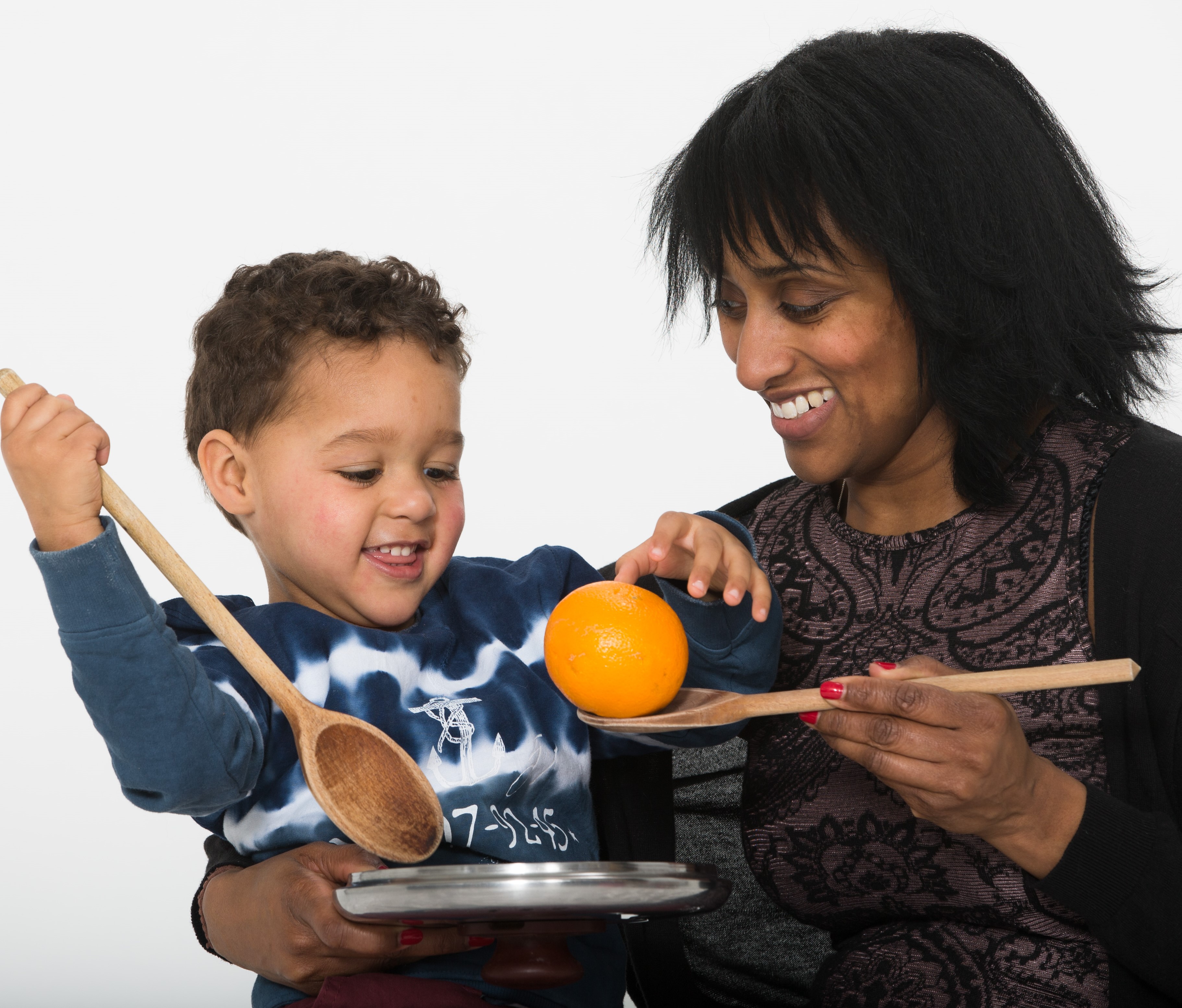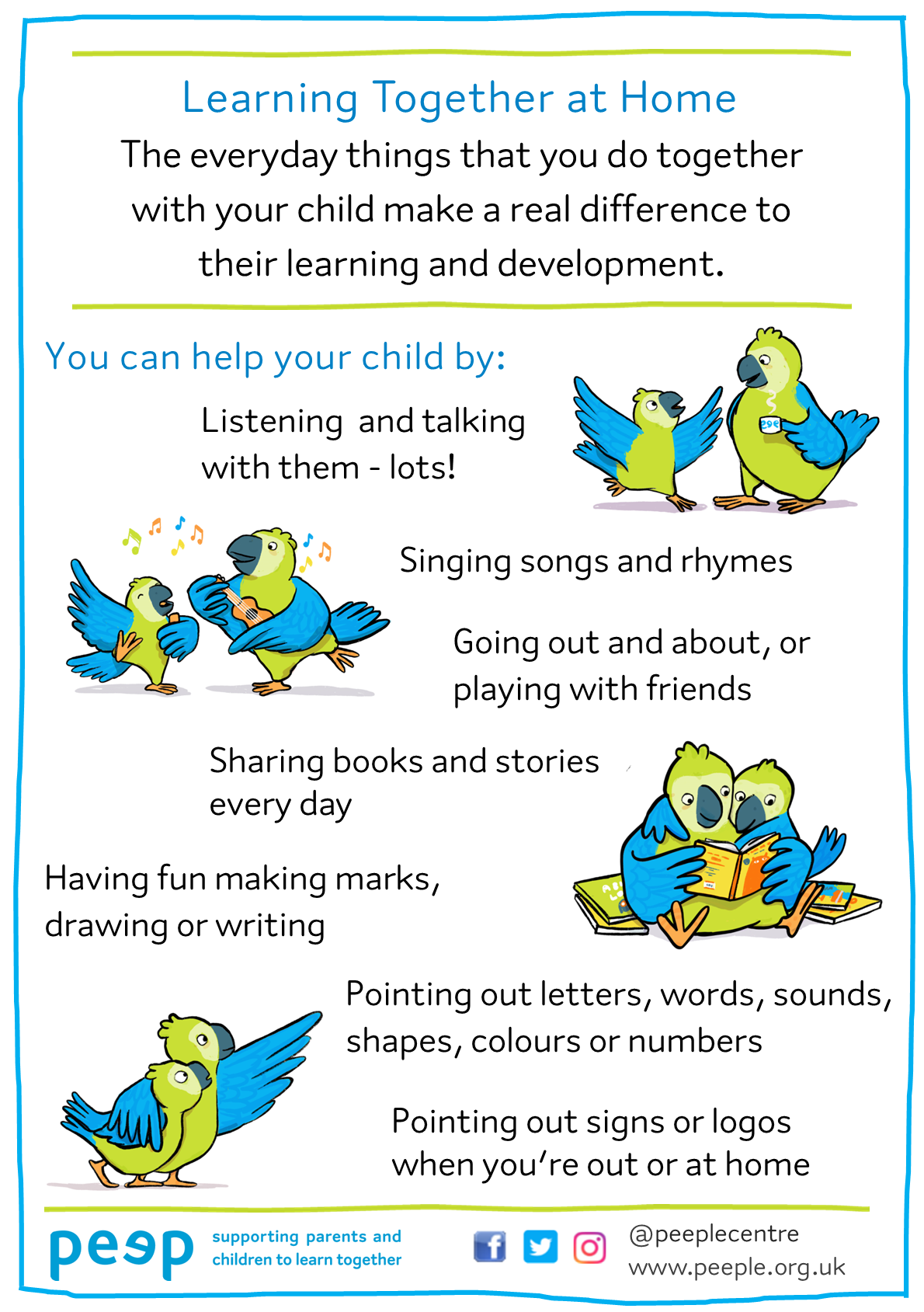'I've been more self aware of what every activity I do means.'
'Peep gave me confidence of how to entertain her & develop her skills when I felt low and inadequate as a parent. Peep is more organised and focused, constructive towards helping the baby/toddler develop.'
'Seeing how much my children enjoyed and benefited from attending the group made me want to continue to do all these things at home with them, my eldest is now 4 and still enjoys all the Peep activities we do (at home) especially the messy ones!'
'I became quite withdrawn, especially being a first time Mum, I was daunted and anxious; Peep helped to reassure, it was more inclusive than other baby groups.'
'Peep provides reassurance, confidence and lightheartedness. It reminded me not to be anxious about my daughter's development and just play with her and enjoy her'.
'The Peep group is a low cost fun activity that is developmentally focussed and promotes the benefits of early learning'
'Peep taught me about making toys instead of buying fancy things which is better for your child'
'Peep has given me ideas about how to help my child learn through play'

